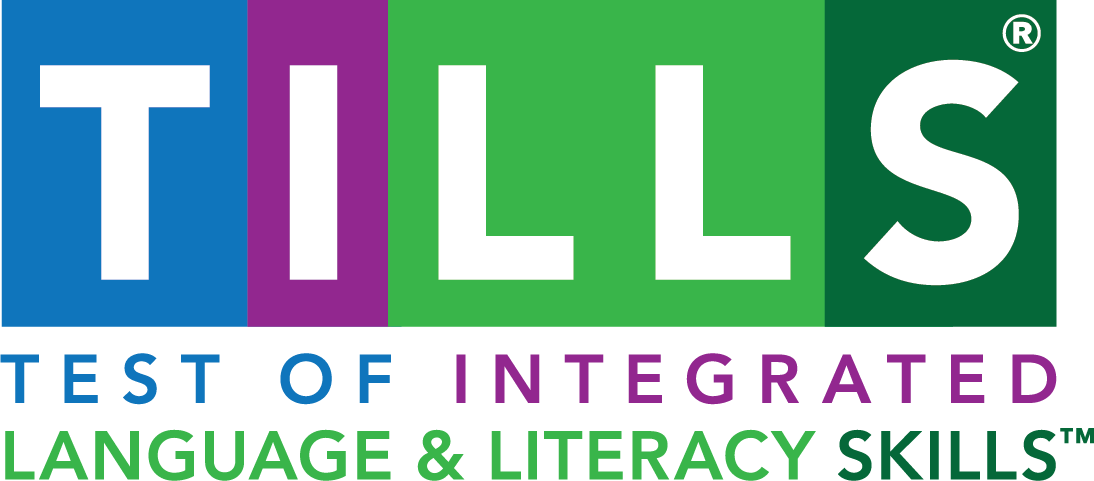Many people have been awaiting the results of our study of Tele-TILLS. Happily, the results support the validity of administering the TILLS using distance technology for identifying the presence/absence of language/literacy disorder, with a few cautions.
When using the TILLS, diagnostic decisions are based on comparing the age-related Identification Core Score to the cut score with the best scientifically demonstrated sensitivity and specificity for the age groups, 6–7, 8–11, and 12–18 years. In our study of Tele-TILLS administration, we compared diagnostic decisions for the two methods of administration (virtual and face-to-face) for 51 participants who completed TILLS using both methods in counterbalanced order 2–4 weeks apart. The results showed 49 agreements and 2 disagreements (96.1% agreement; 3.9% disagreement). The 49 agreements included 41 agreements of "no-disorder" and 8 agreements of "yes-disorder"; with the 2 disagreements involving core scores that fell below the cut score for Tele-TILLS (signaling disorder) but above the cut score for traditional TILLS (signaling no disorder). One was for a child in age range 6–7 and the other for an adolescent in the age range 12–18. Even with these encouraging results, we urge clinicians to use caution when using Tele-TILLS for making diagnostic decisions, especially when Identification Core Scores might be influenced by the Nonword Repetition subtest, as in the age range of 6-7 years. Please note that we continue to analyze the data relative to the purpose of describing skill profiles to determine whether there are any other conditions that might require a more nuanced interpretation of telepractice results using the TILLS. We hope to share the full results soon in a scientific paper.
In the coming weeks, individuals and agencies who can demonstrate that they own a copy of the standard TILLS Assessment Kit will be able to request the research edition of the Tele-TILLS Stimulus Book and accompanying instructions, which are essential for Tele-TILLS administration. The Tele-TILLS Stimulus Book and instructions also will be made available as a part of upcoming TILLS assessment kit purchases.
With deep appreciation to the clinicians and participants who collected the data that made this study possible.
Nickola W. Nelson, Ph.D., CCC-SLP, BCS-CL (with Elena Plante, Ph.D., and Michele Anderson, Ph.D., co-investigators)
Professor Emerita
Western Michigan University
